The Art of Minimalism
How I'll Be Using Minimalism in My Art in 2022

Minimalism as a lifestyle is becoming increasingly popular. Rooted in the idea that less is more, it's described as an optimal lifestyle that focuses on minimising that which isn't important.
In recent years, "minimalism gurus" such as Matt D'Avella have spoken in great depth about what it means to be a minimalist and how you can use minimalism to enhance your life, but today I want to focus on how minimalism as a lifestyle and philosophy compares to minimalism as an art movement; the similarities and how I want to use the ideas of minimalism in my photography career in 2022.
The Art Movement
Minimalism, as an art movement, came about in the late 1950s and was rife throughout the 1960s. It was, in essence, a rejection of the art movements that came before it. Namely, it was a rejection of movements such as abstract expressionism and the pretentious attitudes that surrounded art.
Artists that were popular during the time were those such as Frank Stella and sculptors such as Donald Judd, Anne Truitt and Dan Flavin.
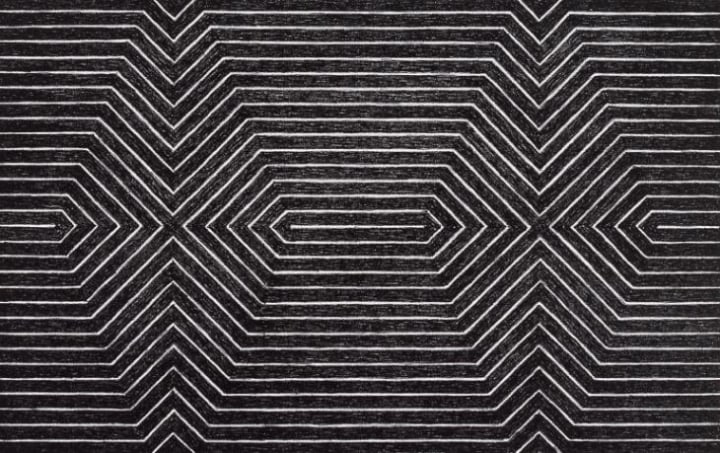
Minimalism was designed to remove the emotion from art and focus on what was real but, as it became popularised, it came to reflect quite the opposite, with canvases filled entirely with the colour red now selling for thousands of pounds and open to the type of analysis the movement once declined.
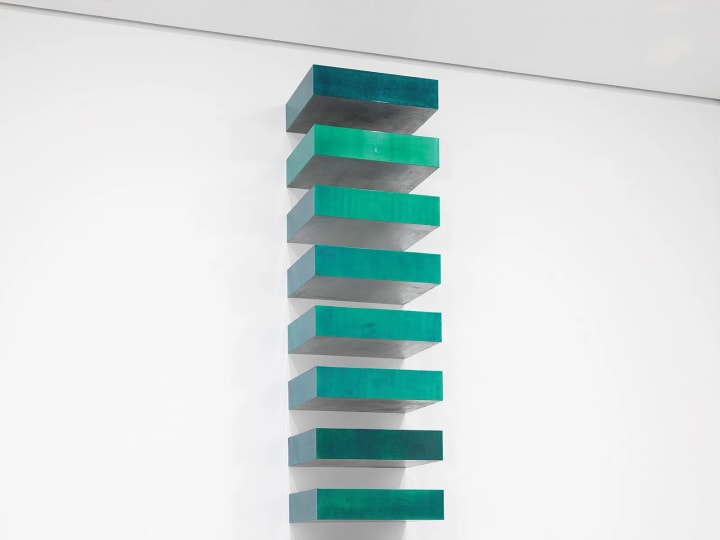
The Lifestyle
When it comes to minimalism as a lifestyle, there are, not surprisingly, a lack of principles to describe the philosophy.
First and foremost, simplicity is the very foundation of what minimalism is. Less is more is the guiding principle and the idea of decluttering, whether in your physical space or in your life, is rife throughout the practice. The idea is to remove distractions and get rid of the things that are not necessary. That nicely leads me onto the second principle, which might as well be synonymous with simplicity:
Intentionality is at the core of minimalism. You find what is important and you strip everything else back. Whether that is in your life, in your belongings or, when we discuss art, in a composition.
How to Achieve Minimalism in Art
Minimalism in art can be both subjective and difficult to achieve. It can be useful in forcing the viewer into experiencing what the artist intends, both in terms of evoking emotions such as solitude but also in terms of guiding a viewer's eye.
Define a Focal Point
When using minimalism in photography or in design, defining a focal point can be useful. Just as with the lifestyle, the idea is to identify what is important.
In photography, there is usually one focal point and there should be no doubt as to what that focal point is, but there are exceptions to this rule.
In graphic design, communication is one of the key principles and communication is often best when it's concise. Because of this, the focal point should usually be the information that is important to communicate.
A great way to ensure that you are bringing attention to a focal point, whether in design or in photography, is to reduce the clutter surrounding it. Again, similarly to the lifestyle, the idea is to omit that which is not needed.
In design, that might be additional design elements, such as arrows or dividers, that don't serve a purpose within the communication.
In photography, that might mean cropping, during the shooting process or the editing process, things out of the frame that either interrupts the narrative or communication or distract from the focal point.
Negative space, just like reducing clutter, can be a great method of driving a viewer's attention, and it generally refers to the empty space within a photograph or design. When used intentionally, negative space can be used to emphasise the space that isn't empty - so your focal point - as well as evoke emotions such as solitude.
How I'll Be Using Minimalism in 2022
I think that's it's clear to see how the defining principles of minimalism, as both an art movement and a lifestyle, overlap. When you get down to the core of it, minimalism is essentially the idea of less is more.
For me, I look at the concept of minimalism, both in art form and in lifestyle, and I can see how practising the philosophy could help you develop into a better artist.
In the age of social media, there are a lot of distractions when it comes to being an artist. Simply put, no longer are we just artists, but we are content creators, marketeers and entrepreneurs. I'm not spiteful of this, in fact, I quite enjoy the diversity that comes with being an artist, but it's easy to see how our creative process can be diluted when we're caught up in the business of content creation and promotion.
In 2022, I want to make more of an effort to focus on the idea of quality over quantity. I'm not a believer in perfection, and I'll never be the type of person who waits for perfection before they release something, but I do want to be more mindful as to the type of projects I'm taking on, and the number. If I can afford to, taking less work and making sure that I create better work sounds like a lifestyle I can get behind.
About the Creator
Sophia Carey
Photographer and designer from London, living in Manchester.
sophiacarey.co.uk

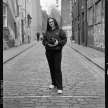
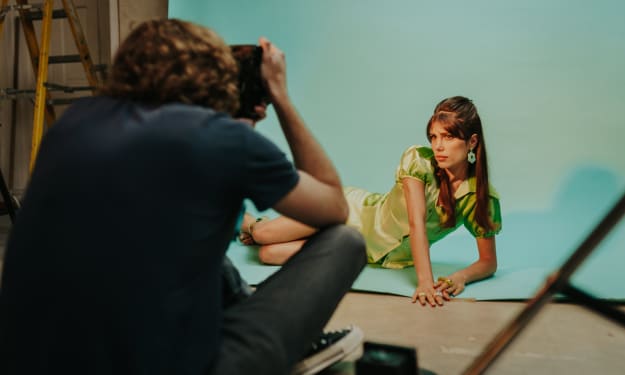

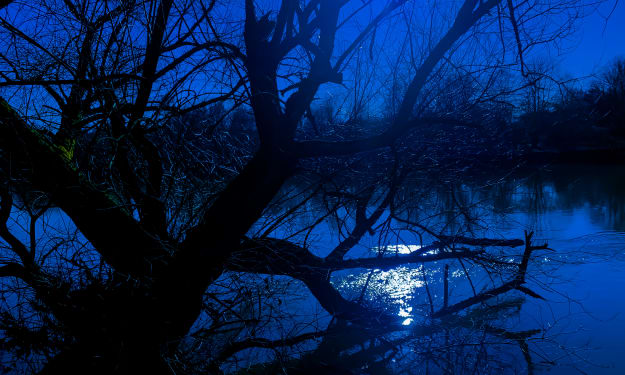

Comments (1)
https://youtu.be/o1VsZMPz68s?si=Wn8pYzretihg6QiR